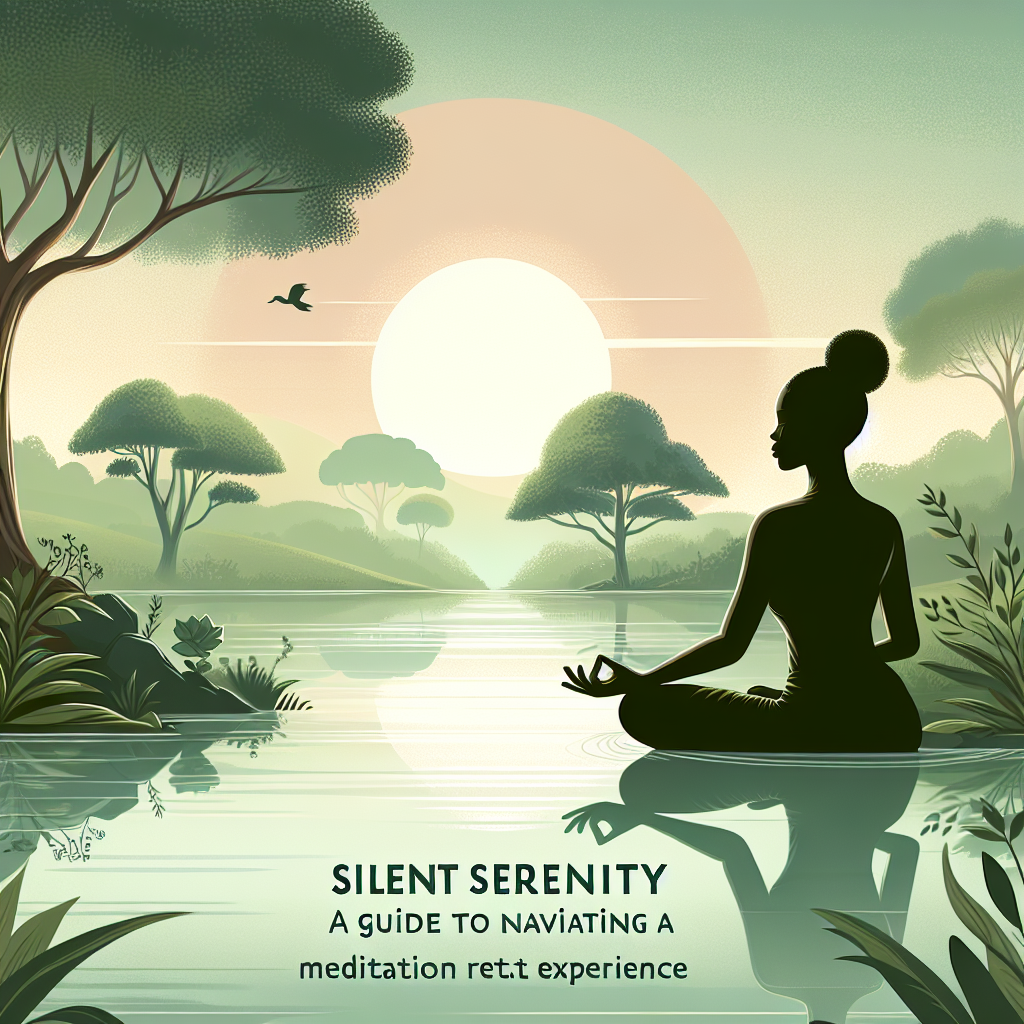In today’s fast-paced world, anxiety has become a common issue for many people. Whether it’s due to work stress, family obligations, or general life challenges, anxiety can take a toll on both your mental and physical well-being. Fortunately, there are a variety of meditation techniques that can help soothe your mind and body, providing relief from the symptoms of anxiety.
Meditation has been practiced for centuries as a way to calm the mind, reduce stress, and promote overall well-being. It involves focusing your attention on a single point of reference, such as your breath, a mantra, or a visual image, in order to achieve a state of mental clarity and emotional balance. By cultivating a sense of mindfulness and presence, meditation can help alleviate anxiety by quieting the overactive mind and reducing the body’s stress response.
If you’re new to meditation or looking to expand your practice, here are some simple techniques that can help you manage anxiety and find peace of mind:
1. Mindful Breathing: One of the most basic and effective meditation techniques for anxiety is mindful breathing. Sit or lie down in a comfortable position and close your eyes. Focus on the sensation of your breath as it enters and leaves your body, paying attention to the rise and fall of your chest and abdomen. If your mind begins to wander, gently bring your attention back to your breath without judgment. Practice this for a few minutes each day to calm your mind and reduce anxiety.
2. Body Scan: Another helpful meditation technique for anxiety is the body scan. Begin by bringing your awareness to different parts of your body, starting at your toes and working your way up to your head. Notice any tension or discomfort you may be holding and consciously release it with each exhale. This practice can help you connect with your body, relax your muscles, and let go of physical and emotional stress.
3. Loving-Kindness Meditation: Also known as Metta meditation, this technique is designed to cultivate feelings of compassion and kindness towards yourself and others. Start by focusing on a person or pet you love unconditionally, sending them positive thoughts and well-wishes. Then, expand this feeling of love and compassion to include yourself, loved ones, and even people you may have difficulty with. By practicing loving-kindness meditation, you can foster a sense of connection and empathy that can help reduce feelings of isolation and anxiety.
4. Visualization: Visualization meditation involves creating a mental image or scenario that brings you a sense of peace and calm. Close your eyes and imagine yourself in a serene setting, such as a beach or forest, where you feel safe and relaxed. Engage all your senses by envisioning the sights, sounds, smells, and sensations of this peaceful place. Allow yourself to immerse in this visualization, letting go of any worries or fears that may be troubling you.
5. Mantra Meditation: Mantra meditation involves repeating a word, phrase, or affirmations to focus the mind and create a sense of inner peace. Choose a mantra that resonates with you, such as “I am calm and centered,” “I am enough,” or “This too shall pass.” Recite your mantra silently or aloud, allowing it to guide your thoughts and feelings towards a state of relaxation and tranquility.
While these meditation techniques can be beneficial for managing anxiety, it’s important to remember that consistency is key. Set aside time each day to practice meditation, even if it’s just for a few minutes. As you become more familiar with these techniques, you may find that they become easier to incorporate into your daily routine and help you cope with anxiety more effectively.
FAQs:
Q: How long does it take to see results from meditation for anxiety?
A: The results of meditation for anxiety can vary from person to person. Some individuals may notice immediate benefits after just a few sessions, while others may require more time to experience significant changes. Consistency and practice are key factors in reaping the full benefits of meditation for anxiety.
Q: Can meditation replace medication for anxiety?
A: While meditation can be a helpful tool in managing anxiety, it should not be used as a replacement for medication or other forms of treatment recommended by a healthcare professional. It’s important to consult with a doctor or therapist to determine the best course of action for your individual needs.
Q: Is it normal to feel more anxious when starting a meditation practice?
A: It’s common for some individuals to experience increased anxiety or discomfort when first starting a meditation practice. This can be due to the heightened awareness of thoughts and emotions that meditation brings to the surface. It’s important to be gentle with yourself and continue practicing, as these feelings may dissipate over time as you become more familiar with the techniques.
In conclusion, meditation offers a powerful and accessible way to soothe your mind and body, providing relief from the symptoms of anxiety. By incorporating these simple techniques into your daily routine, you can cultivate a sense of mindfulness, presence, and inner peace that can help you navigate life’s challenges with greater ease and resilience. Give yourself the gift of meditation and experience the transformative benefits it can bring to your overall well-being.




Leave A Comment